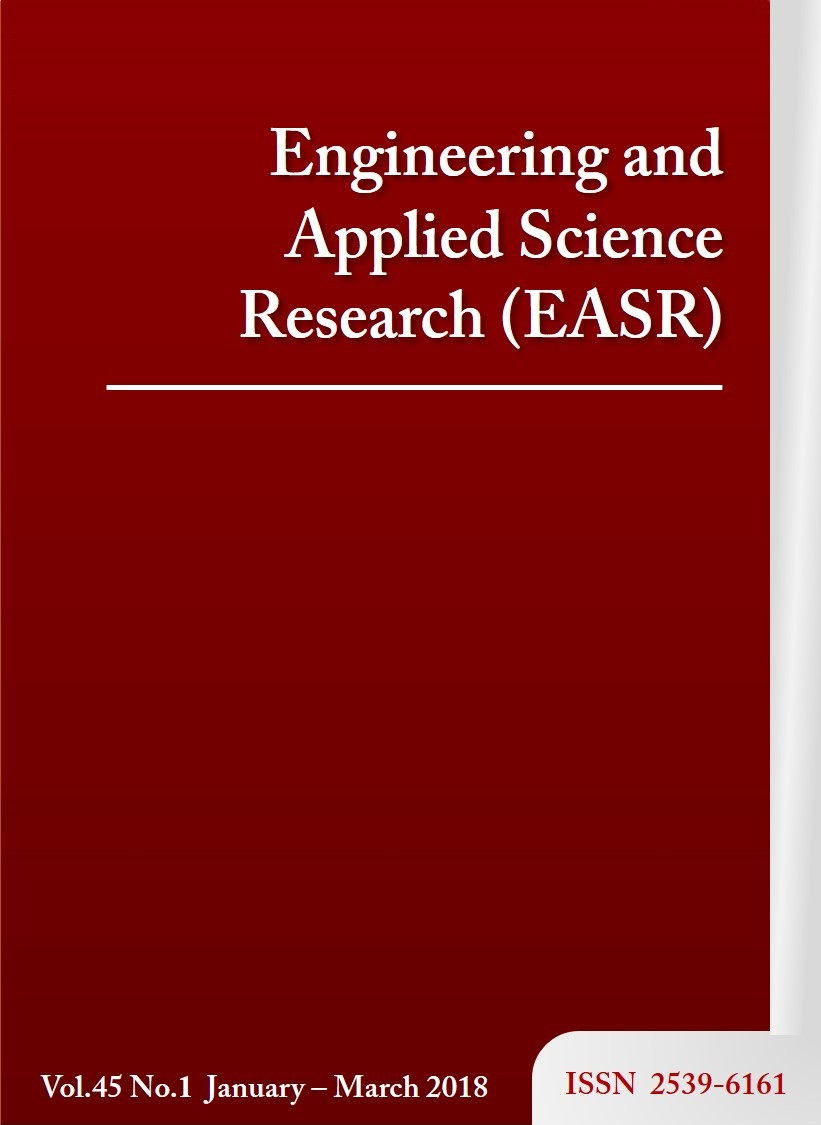Development of teaching electrical technology integrating PBL and CBL and supporting STEM education
Main Article Content
Abstract
The importance of vocational education that focuses base on learning by doing ,which is context of Nakhon Phanom University (NPU). They emphasized this through integration of existing vocational institutes in Nakhon Phanom Province. This paper aims to develop teaching and created inspiration for students of electrical technology program. The methodology employed teaching by project based learning (PBL) and community based learning (CBL). The student have been created an innovation to involve the control system and application in community knife manufacturing process. The sample group consisted of 13 bachelor degree students in a six week in class, followed by a seven week practical experience in the factory manufacturing knives. The total project required15 weeks. The students applied engineering principles to design and simulate PID and closed loop control for temperature modulation of a furnace. In this case study, students used basic knowledge, practical skills and invoked community participation. The students learned and conducted a project in a real-world practical application.
Article Details
This work is licensed under a Creative Commons Attribution-NonCommercial-NoDerivatives 4.0 International License.
References
R.Anderson, S. Speck, “Oh what a difference team makes, why team teaching makes a difference”. Journal of Teaching and Teacher Education, 14(7), 1998.pp.671–686.
B. Achinstein, “Conflict amid community: The micropolitics of teacher collaboration”. Journal of Teachers College Record, 2002. pp.421-455
D. Atay, “Beginning teacher efficacy and the practicum in an EFL context. Journal Teacher Development”, 2007. pp.203-219.
N. prainetr and S. prainetr, “Development of Chamber “Furnace Using Temperature PID Control for the Community Michelet Manufacturing”. Journal of Community Development and Life quality.2013. pp.107-113.
S.Prainetr. “The research report of the development of cluster project in Knife rural community in Ban Nathon in Nakhonphanom province Thailand”.2016.pp.36-39
S. Dequan, G. Guili, G. Zhiwei, X Peng “Application of Expert Fuzzy PID Method for Temperature Control of Heating Furnace” International Workshop on Information and Electronics Engineering (IWIEE), Procedia engineering 29 ,2012,pp 257 – 261.
T.Teng, C. Peng , C. Chuang , “A study on the application of fuzzy theory to structural
active control”. Computer Methods in Applied Mechanics and Engineering. 2000; 189:
pp.1673-1679.
U.Moon, K. Lee. “Hybrid algorithm with fuzzy system and conventional PI control for
the temperature control of TV glass furnace”. IEEE Trans on Control Systems Tech 2003;
: 548-54.
D. Atay, “ Teacher research for professional development”. ELT Journal,2008. (62),
pp.139-147.
American Society for Engineering Education (ASEE). 2011. Preparing future engineers
F.Banks, D. Barlex. “Teaching STEM in the secondary school: Helping teachers meet
the challenge”. London: Routledge.2014.
K. Becker, P. Kyungsuk, “Effects of integrative approaches among science, technology,
engineering and mathematics (STEM) subjects on students learning: A preliminary
meta-analysis. 2011. Journal of STEM Education: Innovations and Research, 12(5/6),
pp.23–37.



